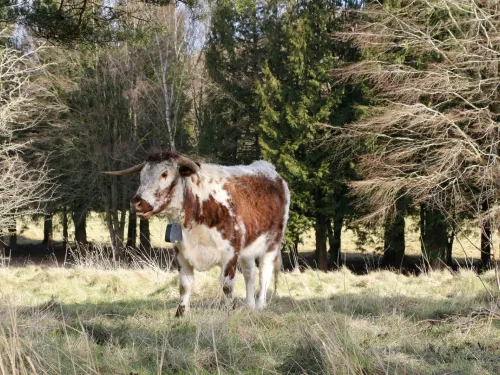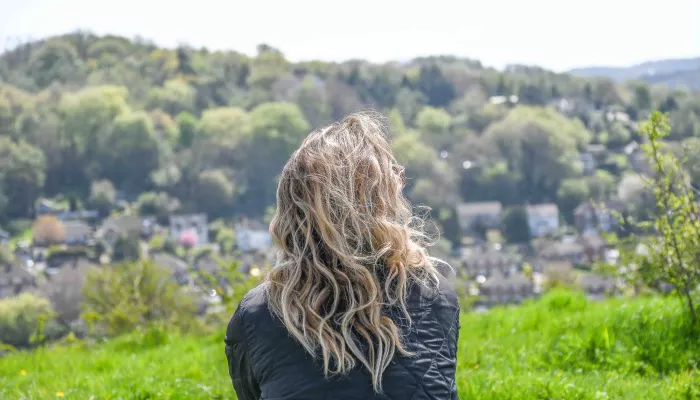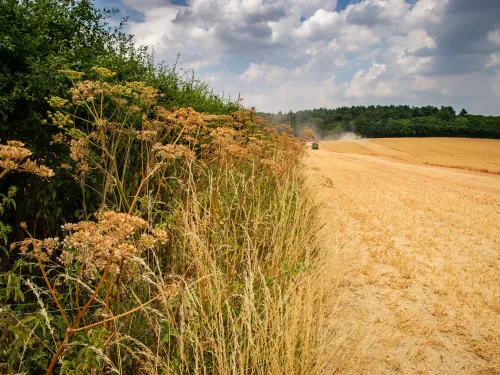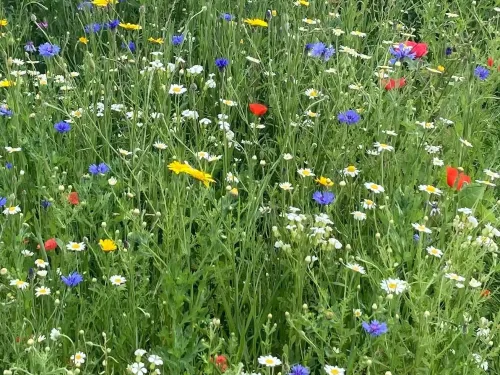
Seasonal weight changes in grazing animals
Wilder Grazing Ranger Volunteer Trainee, Ellie Edmondson, explores why grazing animals shed and gain weight throughout the year as part of a natural cycle.


Wilder Grazing Ranger Volunteer Trainee, Ellie Edmondson, explores why grazing animals shed and gain weight throughout the year as part of a natural cycle.

The government has been making big announcements on land use, farming, and payments, but what does it all mean for nature and farmers? Our Chief Executive, Evan Bowen-Jones, breaks it down in his latest article, highlighting why nature must be treated as…

In this blog we reflect on 2024 and celebrate the successes of the Equity, Diversity, Inclusion and Belonging (EDIB) Team at Kent Wildlife Trust. While there's always room to learn & grow, we're proud of our progress!